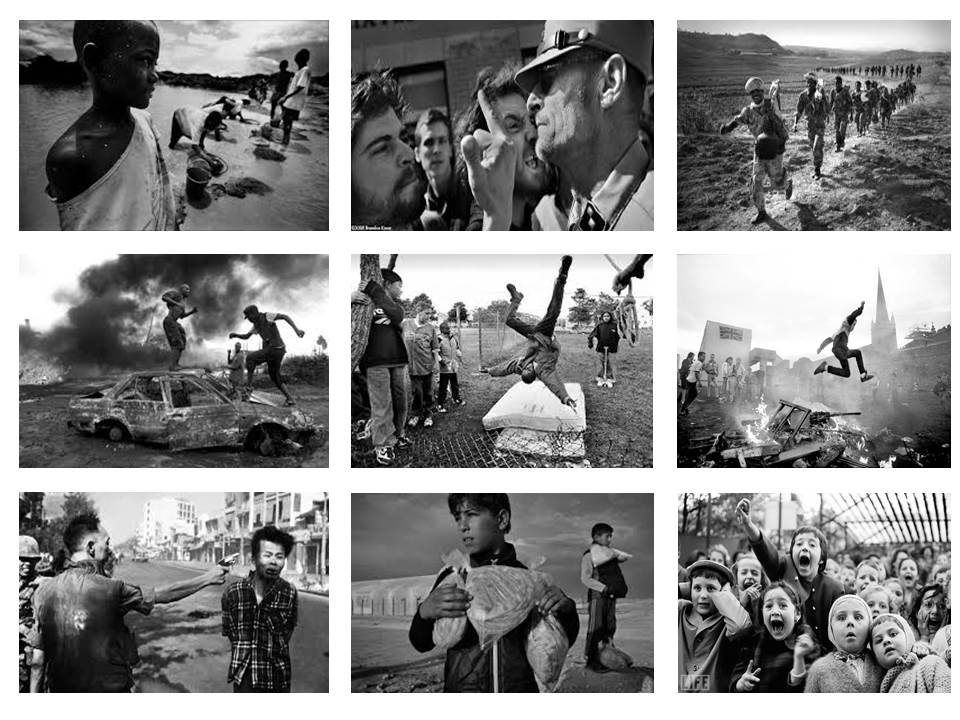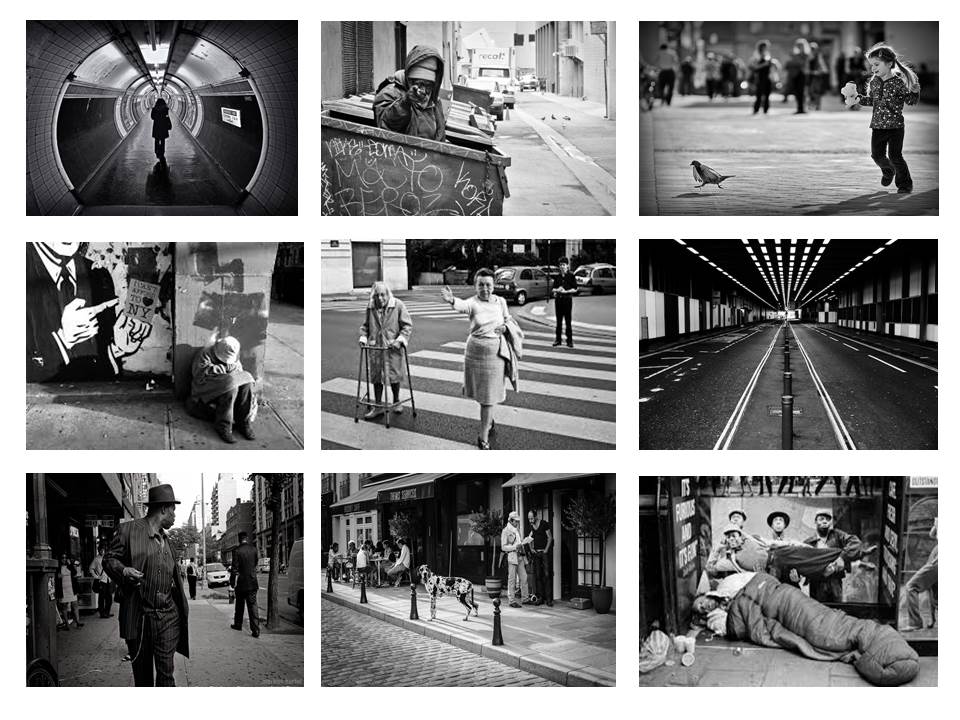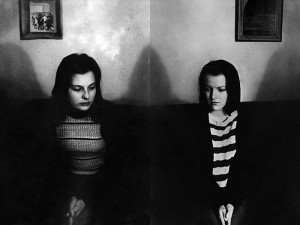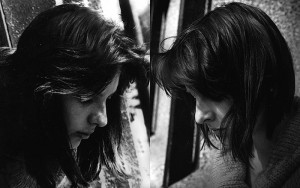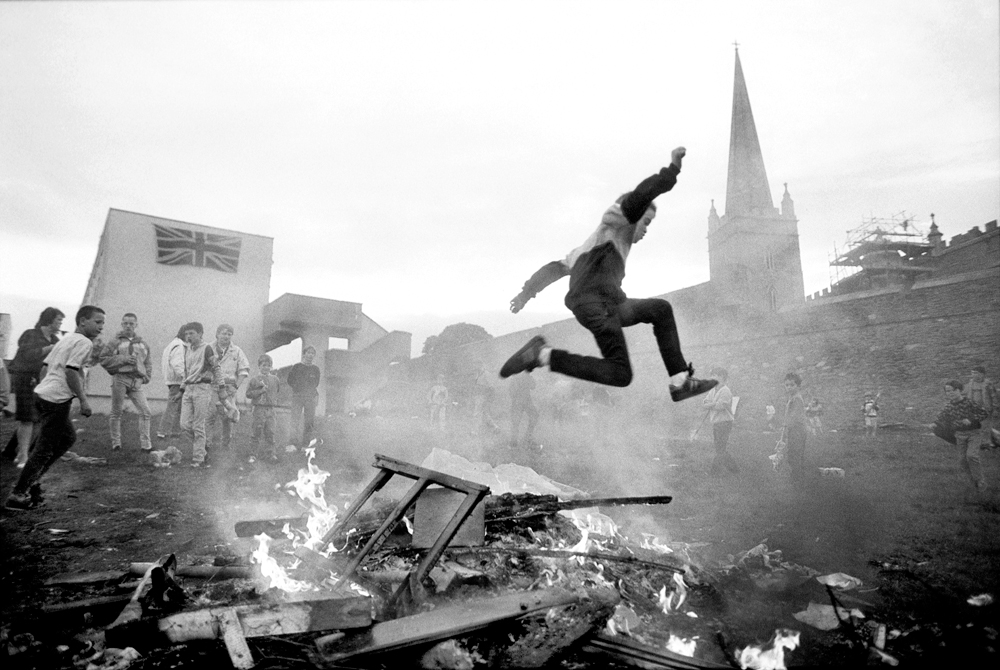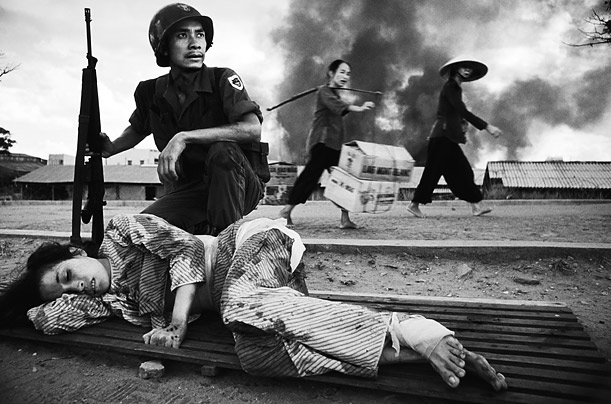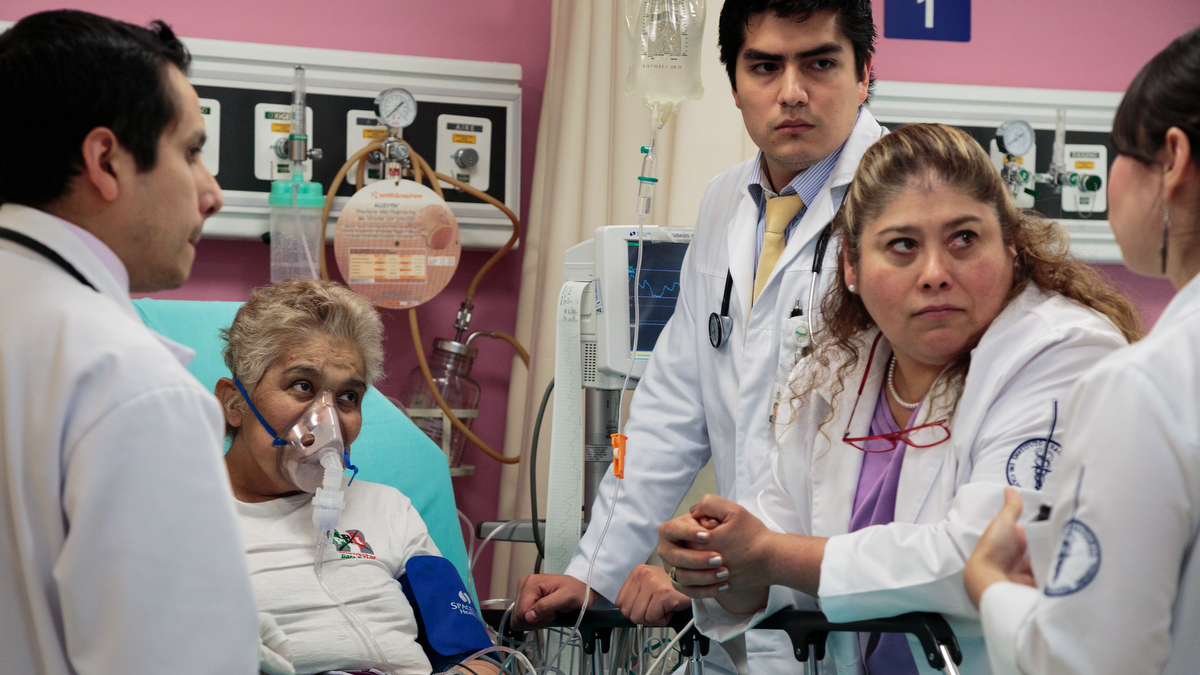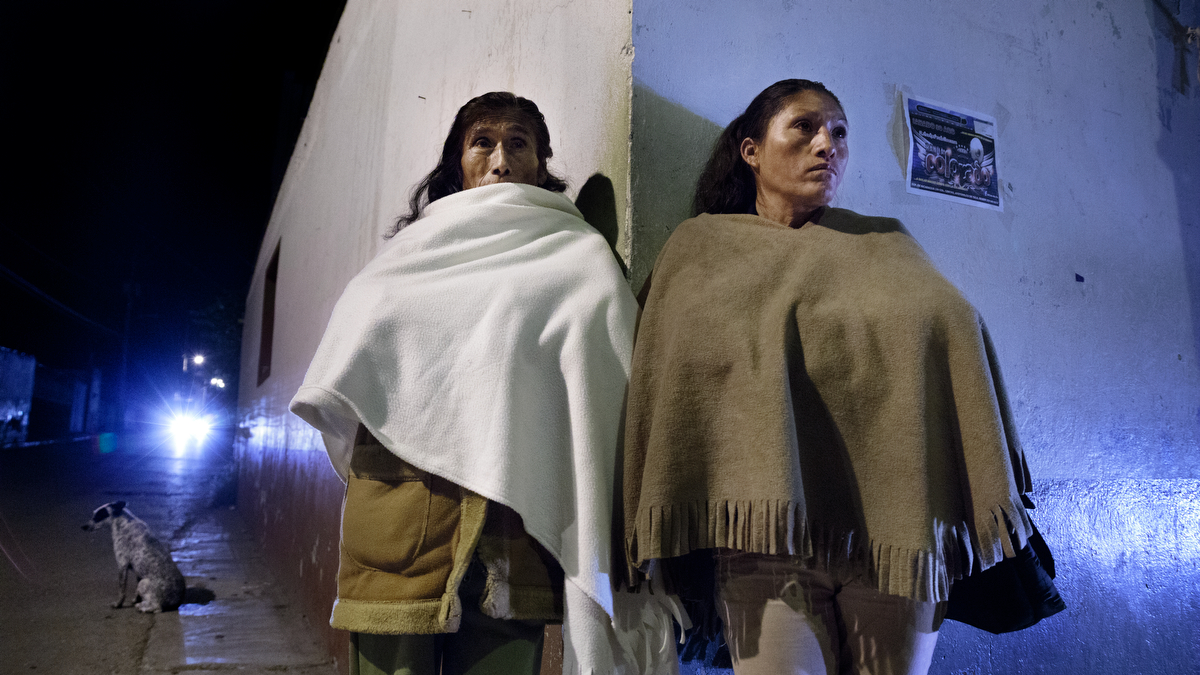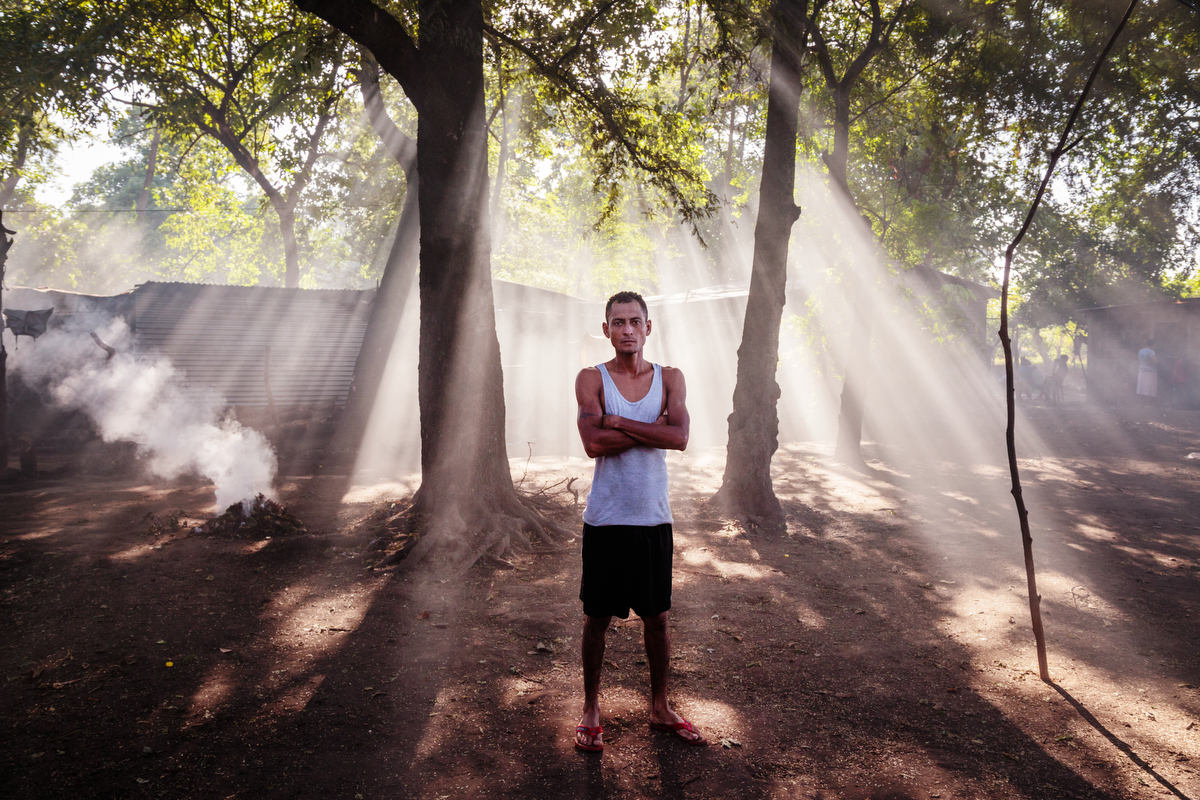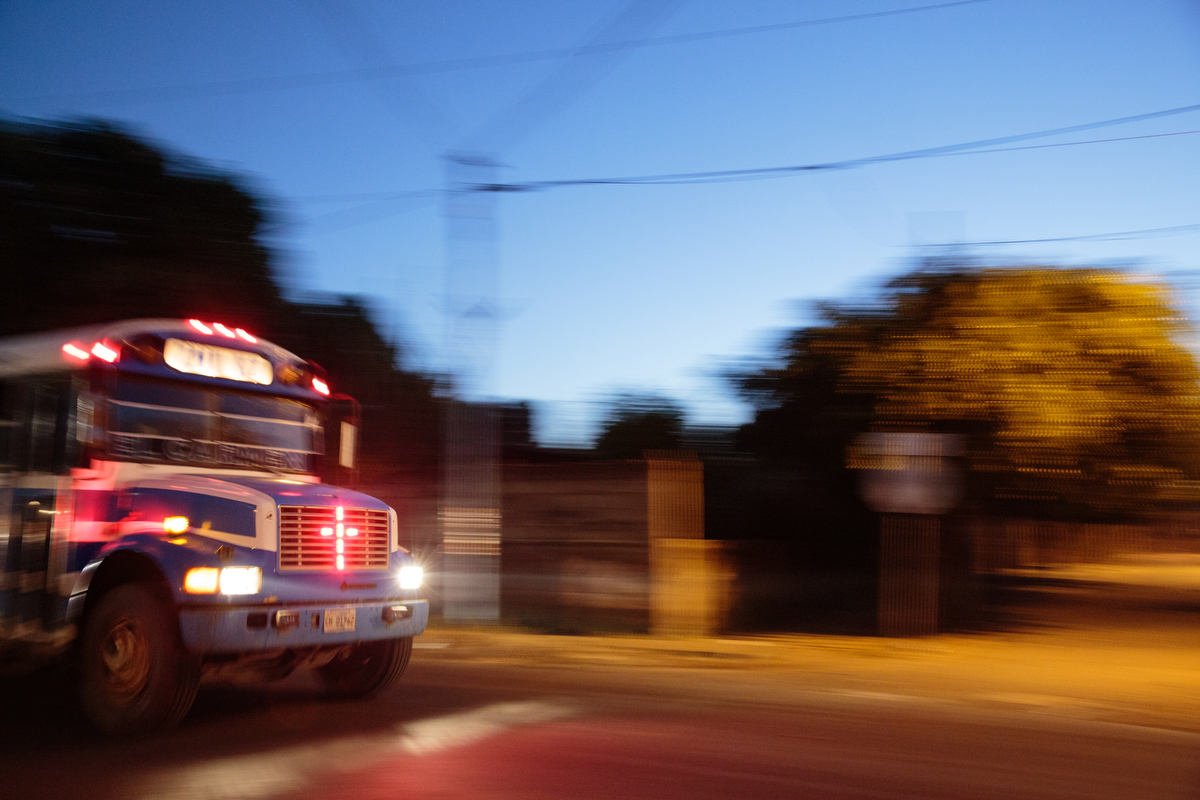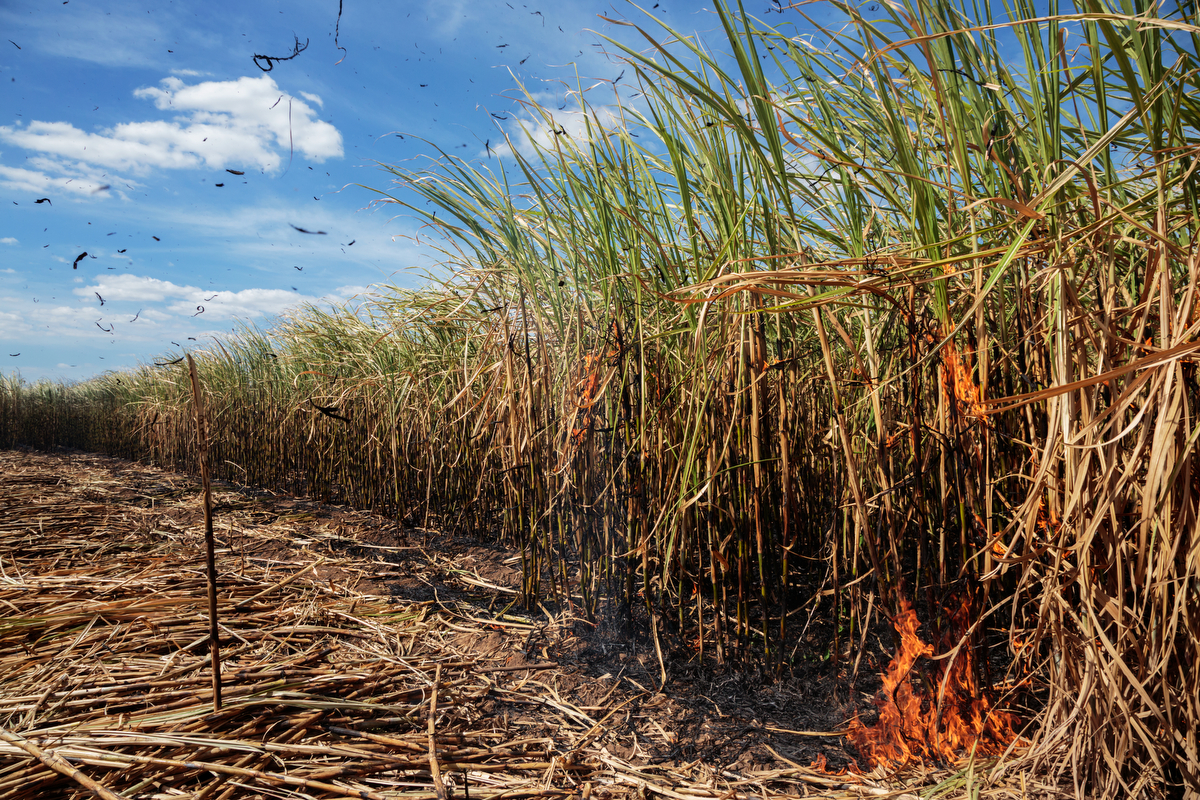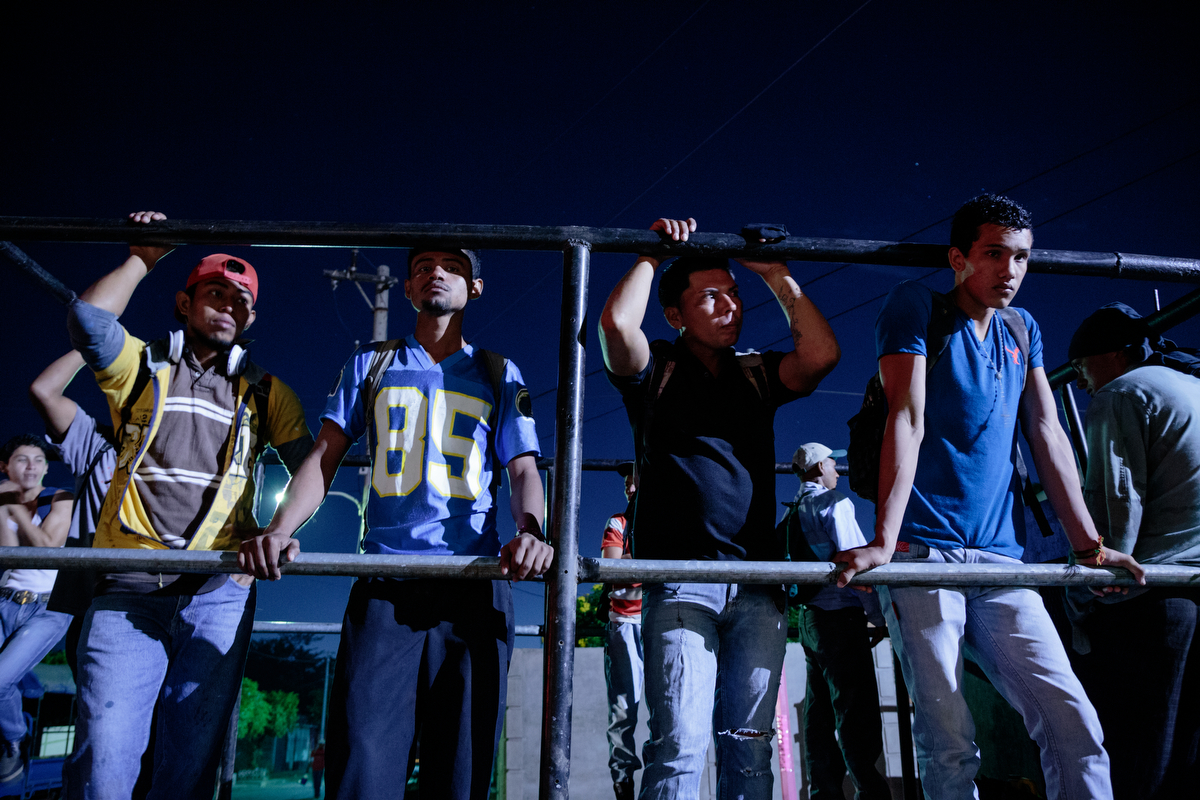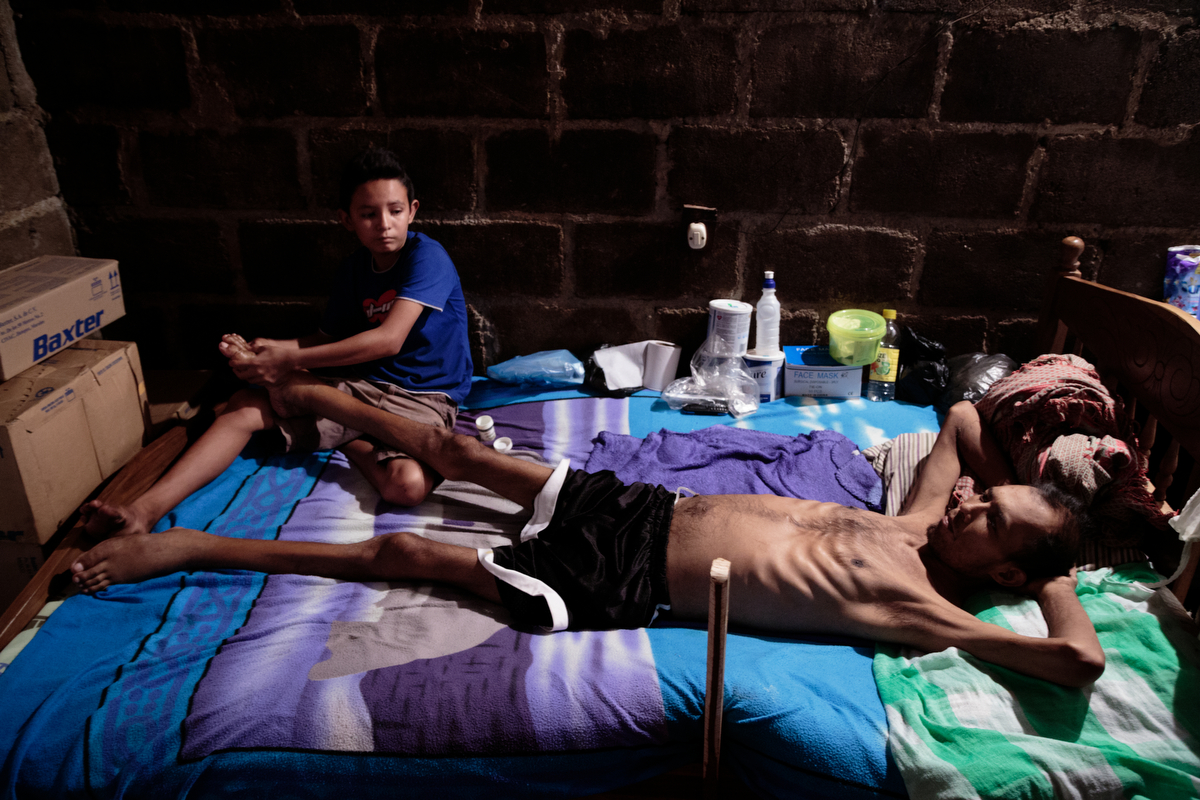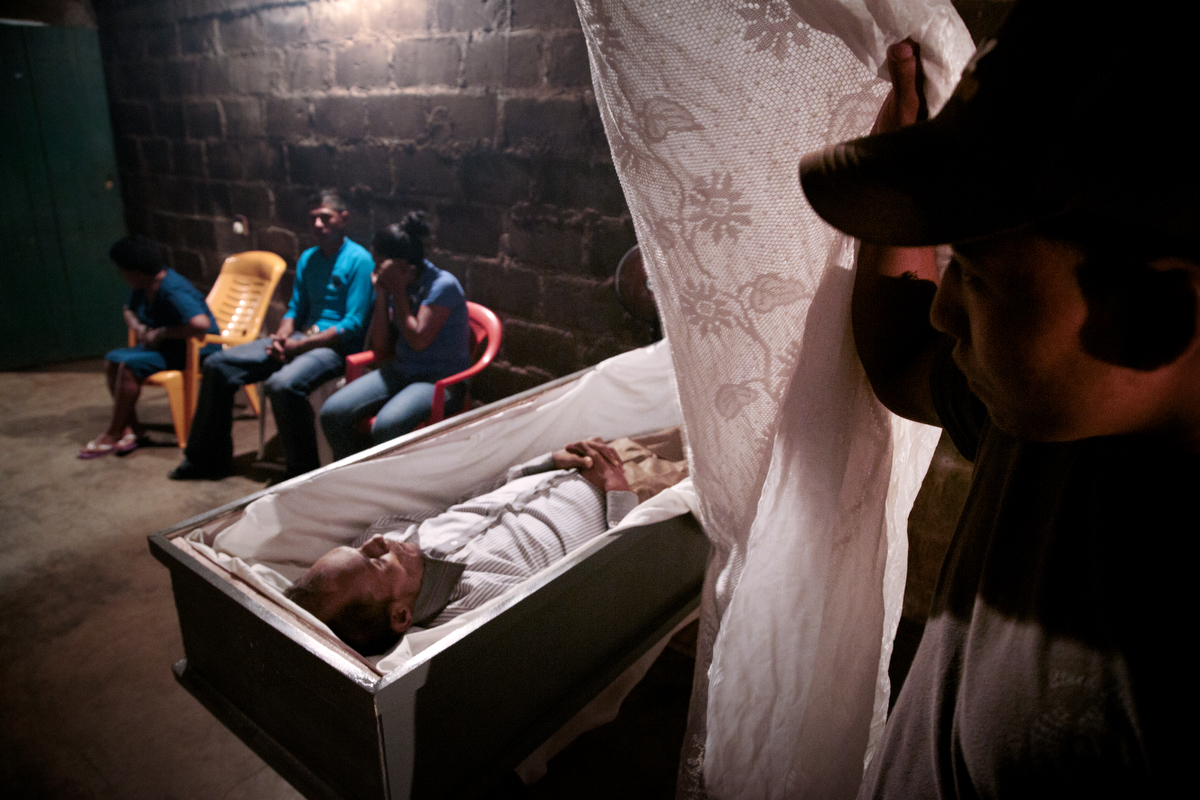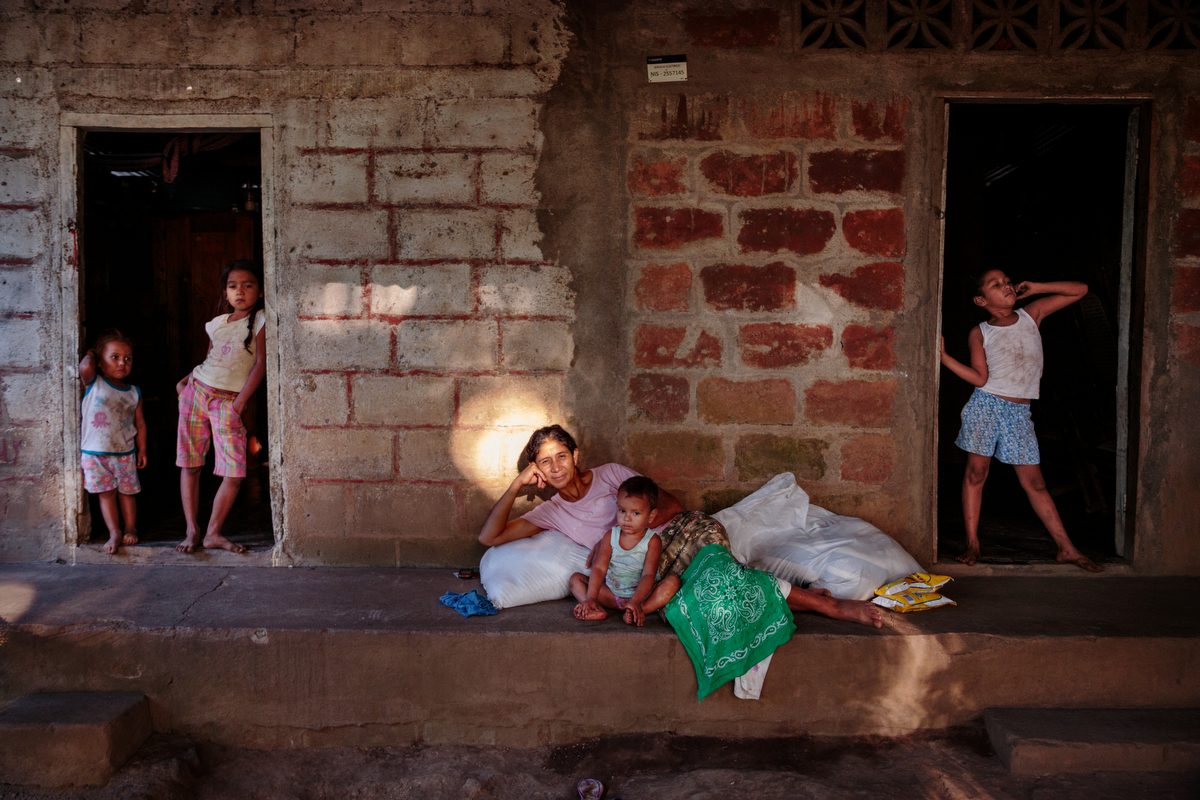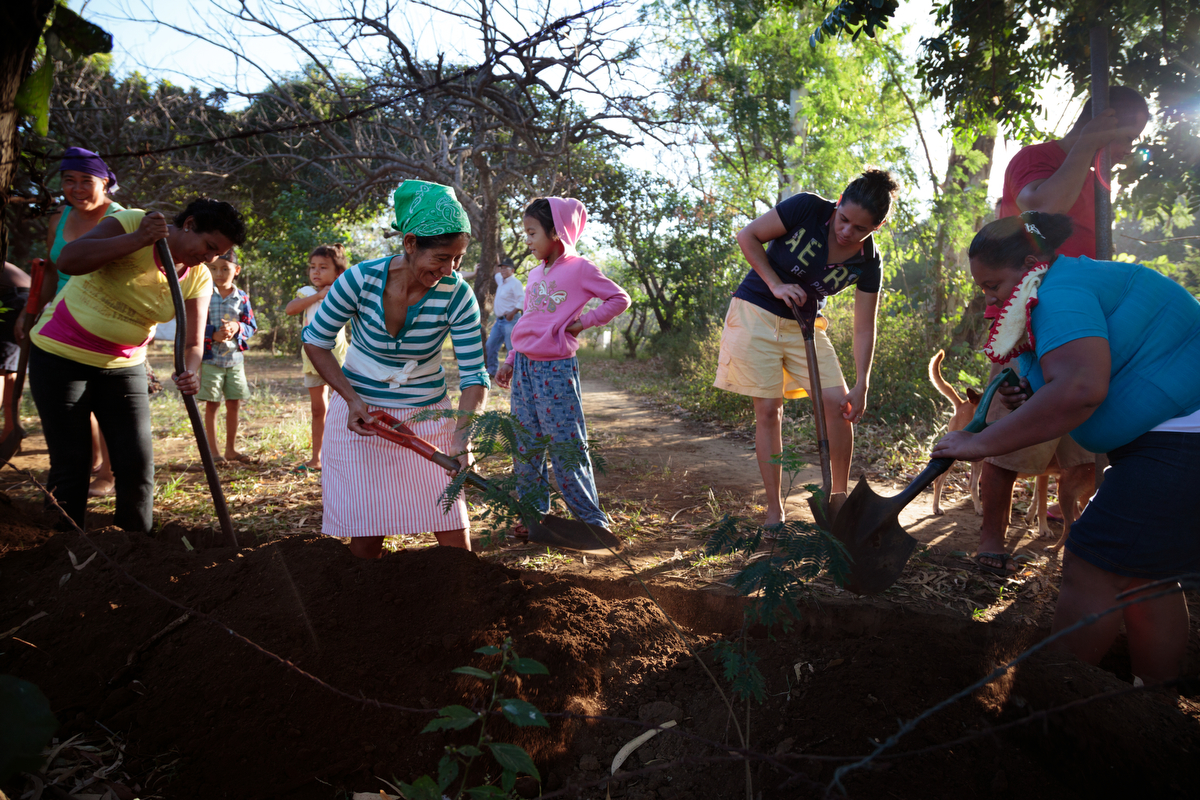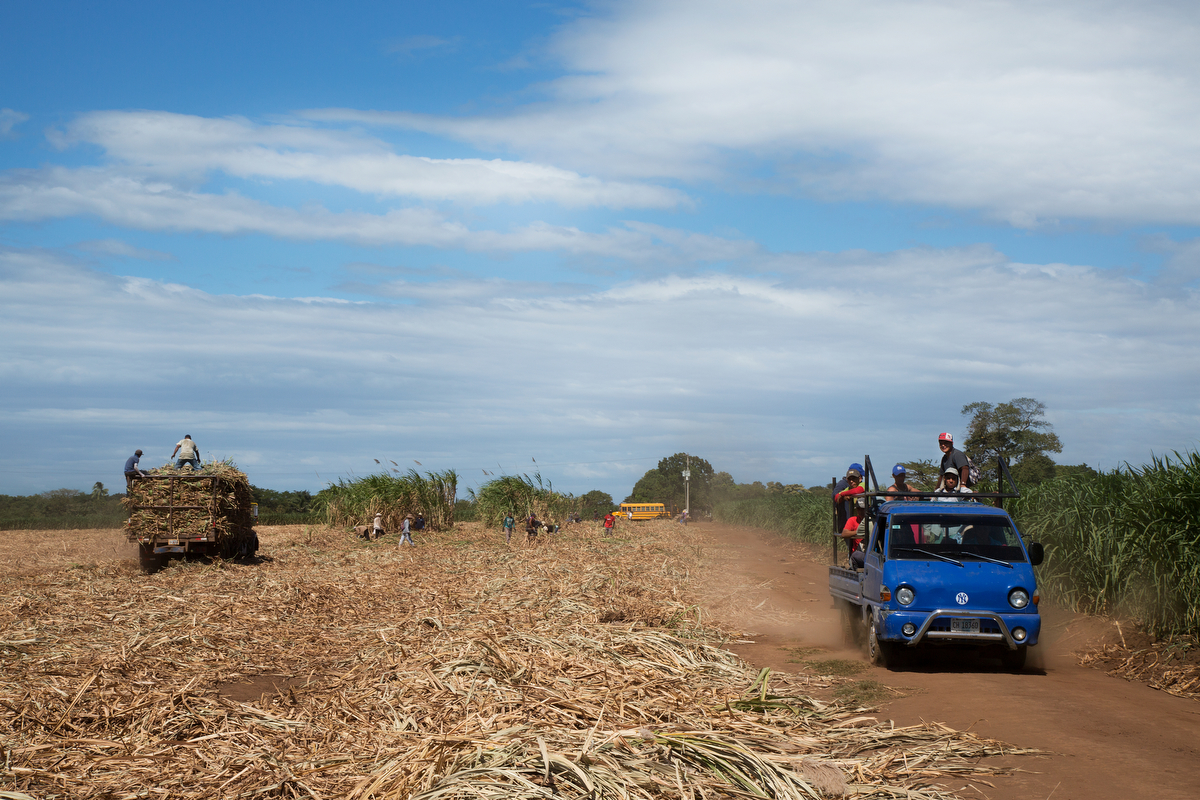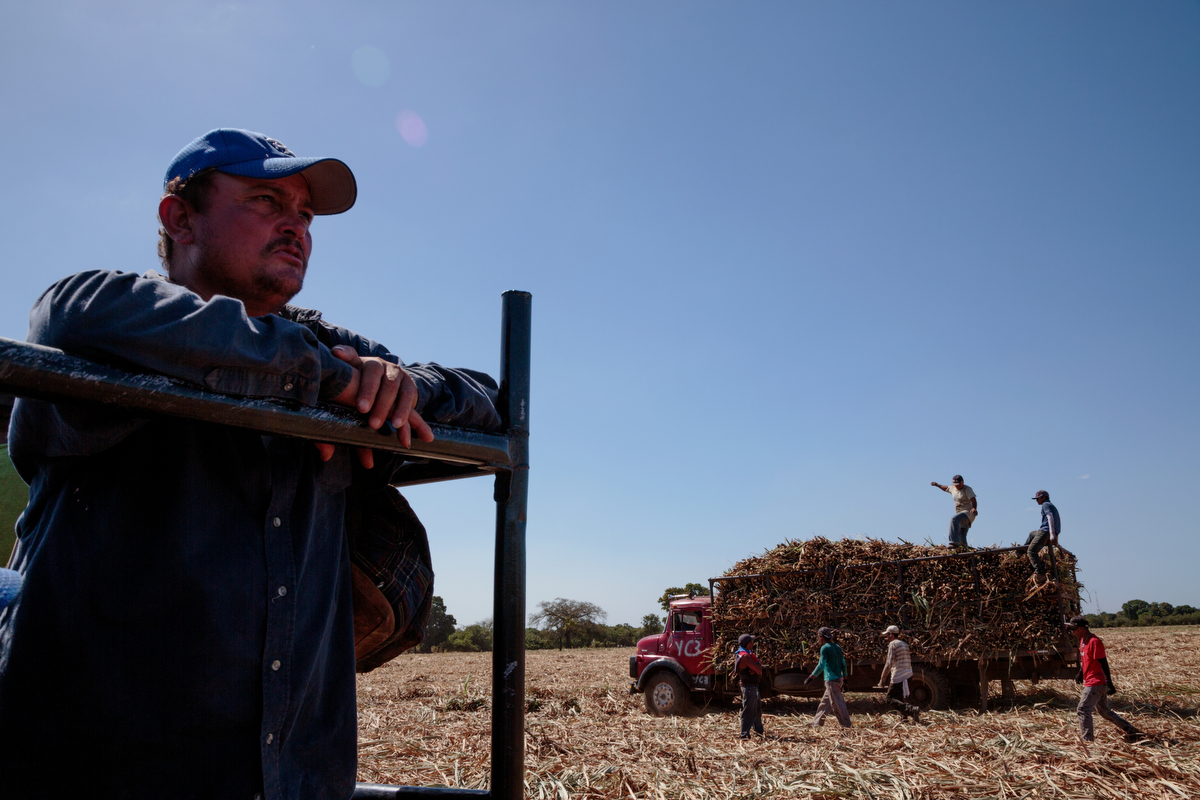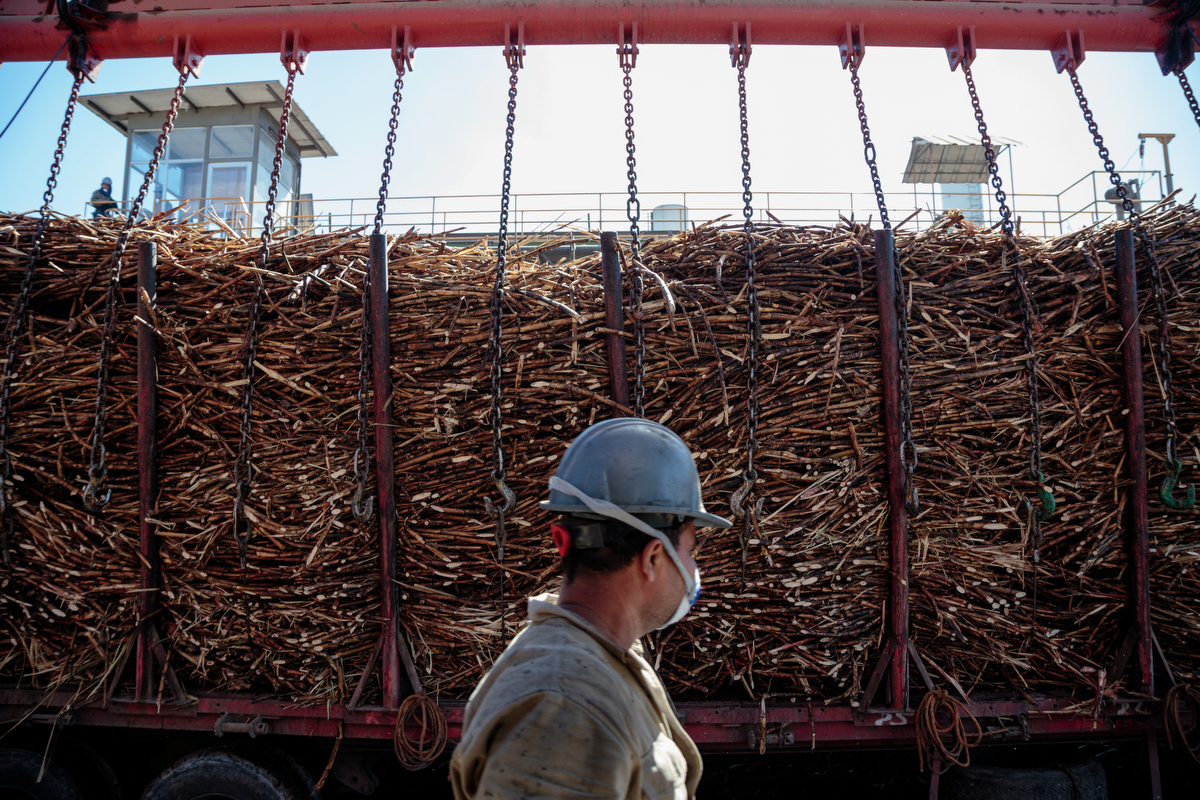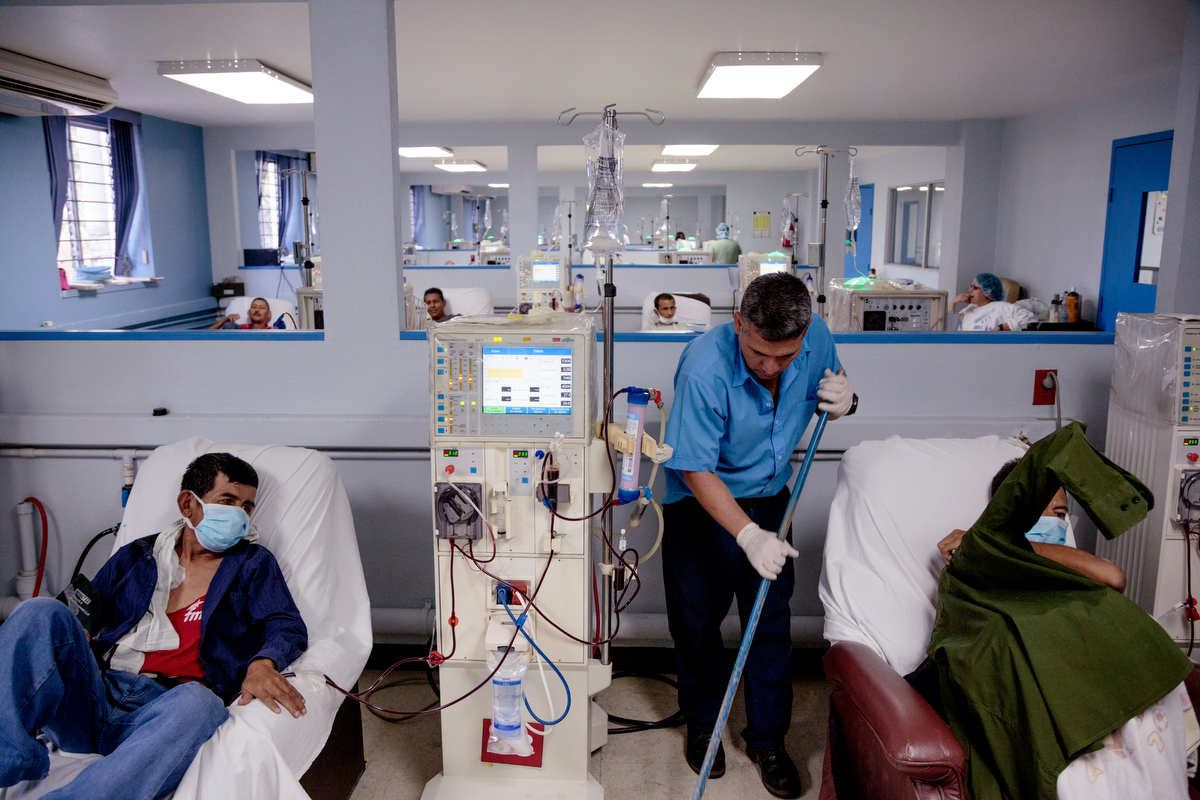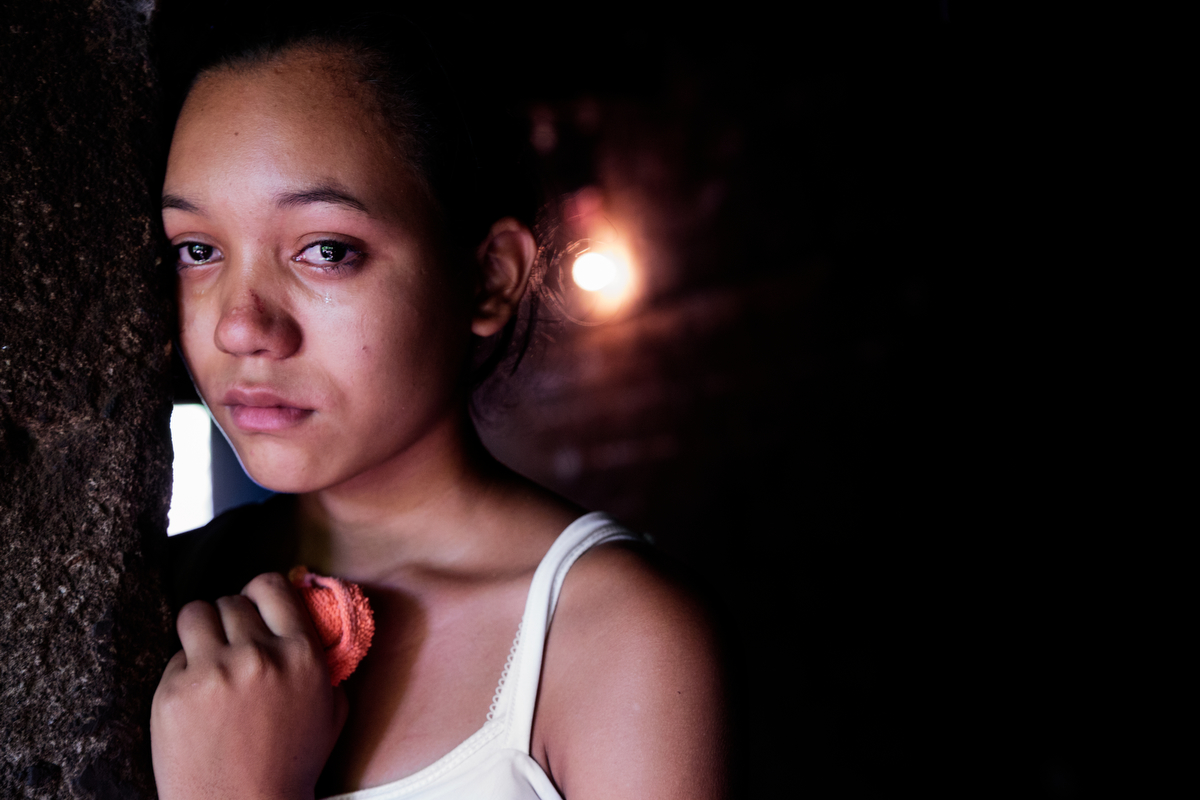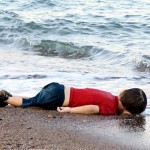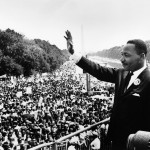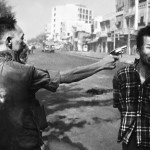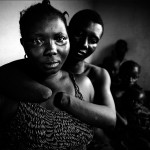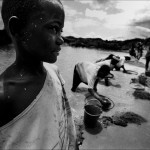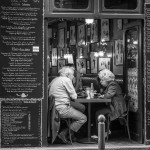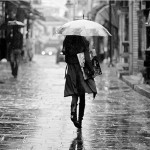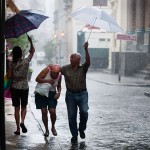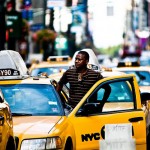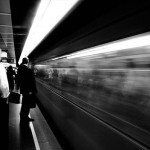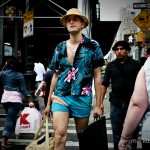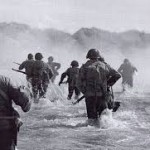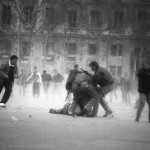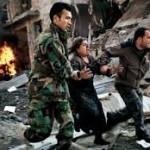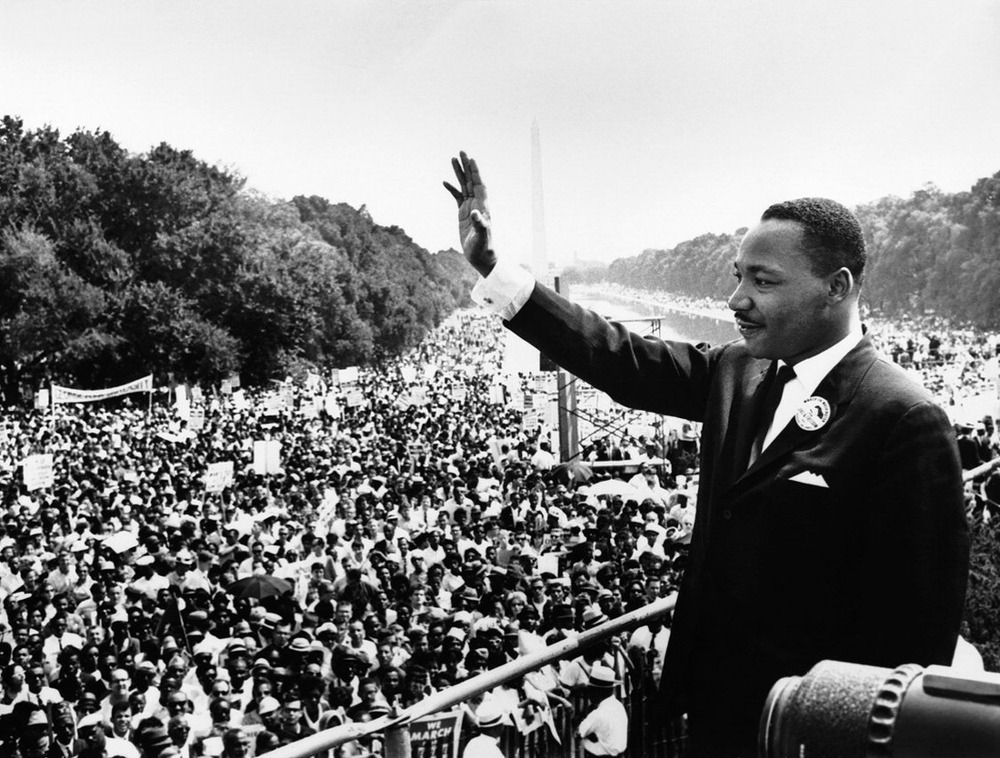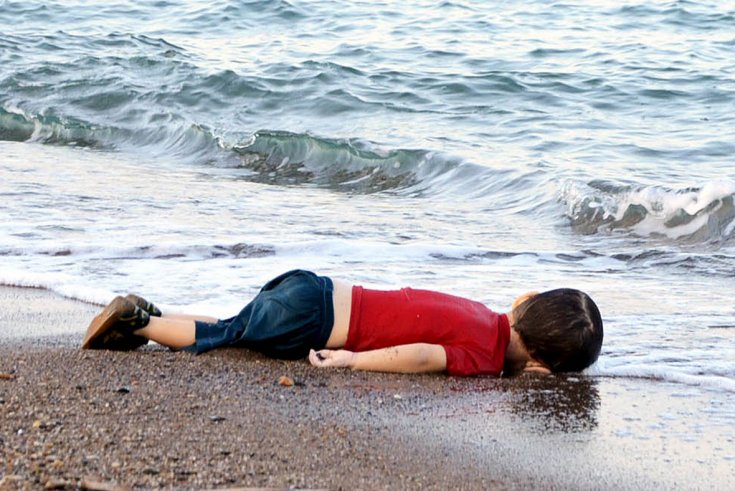Standards and ethics are a set of codes that photojournalists should strive to follow. Basically, it discusses the difference between two views: if the cameras being used as a mere tool by the photographer, or if the photographer alters the scene in other ways. To apply to the rules, the photographer must not alter the situation in anyway, expect for his camera. Although, it’s a fact that the camera is always going to give the photographer some level of control.
Recently, an Italian photographer called Giovanni Troilo caused a great amount of controversy when he showcased his photojournalism pictures in a French gallery called ‘Visa Pour L’Image’. He was bashed by the country, as their mayor claimed that Troilo had shown very negative connotations in relation to the place. Unluckily, they also found that Giovanni had broken the code of standards and ethics. He didn’t photograph the situation in a real state and he altered the scenes.

He was questioned on a very particular image, which showed a car in the darkness. A couple seem to be engaging in sexual relations together in the car. Viewers said that they felt mislead by this portrayal, as the man inside the car was Troilo’s freind. It appeared to be brighter because he’d actually utilized a bright remote controlled flash light.

Here’s a two links to webpages talking about the ‘Visa Pour L’image’ incident with Giovanni Trioli :
- http://www.nytimes.com/2015/09/05/arts/design/at-visa-pour-limage-festival-photojournalists-at-the-ramparts.html?_r=1
- http://www.nytimes.com/2015/03/05/arts/design/world-press-photo-revokes-prize.html

This massive incident was what caused many questions to be asked. Such as these, that I found on a Visa Pour L’Image website from above:
‘Who sets the boundaries of what defines photojournalism? What are industry standards when some of the techniques accepted in magazines are generally forbidden in news pages, and when such distinctions are increasingly blurred online? When technology makes it so easy to manipulate images, how much manipulation is acceptable? With viewers more sophisticated and skeptical than ever before, how can photojournalists preserve their integrity and maintain trust?’.

All of these assumptions and queries is what sparked people to really ask themselves about the principles of photojournalism. It caused an uproar and what normally was ignored, was now being discussed. Pierre Terdjman, a French photojournalist described the event, quoting ‘It’s like in big families, when you have a secret history inside the family, and nobody wants to speak about it, and finally one night at dinner, everybody talks about it. That’s what happened’. A little after this controversy, a man from the World Press organisation Amsterdam and his team began to write official and updated codes. They did make sure, however to get as much knowledge from other countries whilst writing them.
The photojournalism of works of the Turkish photographer that I talked about in a previous post, helped to reinforce their Standards and Ethics. She merely used her camera as a form of ‘bearing witness’ and recorded the situation in an un-retouched manner.

Here’s a link to the official World Press Photo website: http://www.worldpressphoto.org/
But World Press were worried that as a consequence to these new changes, that photojournalism could turn into a ‘cliché’. Never the less, the rules have increased in strictness and both at WPP and in the VPL festival have been working to make sure that every picture is a true representation.
Considering what happened with the incident at World Press Photo, I’ll be responding by answering three short questions:
- Who sets the boundaries of what defines photojournalism?
According to this article, the director of the World Press Photo Foundation called Jean-François Leroy competed in a heated debate. The debate erupted after the controversy from the festival. Against him, was Lars Boering, which was the managing director of the company. Predictably, the director, Leroy was proud of his success and stood by his decisions. Meanwhile, Mr. Boering, was said to do the following, as stated in the article:
“Lars Boering, the managing director of the World Press Photo Foundation, working hard to restore the contest’s credibility, announced that officials were writing a code of ethics and revising their rules to make clear that staged images would not be permitted”.
2. When technology makes it so easy to manipulate images, how much manipulation is acceptable?
A direct quote made from Jean-François Leroy, on the issue of manipulation is: “World. Press. Photo,” he said. “To make a long story short, maybe they should change their name.” Mr. Leroy said he defined photojournalism as “witnessing the world.” The company has made it crystal clear that absolutely no staged images can be exhibited. As Mr. Leroy stated, the camera should be used as a witness to the situation.
However, a member of the jury called Donald Weber views the subject differently, saying that Leroy’s point was ‘outdated’ and ‘risked becoming cliche’. Instead he stated that photojournalism’s “lost the point that it’s not a language, it’s about reflecting on contemporary society,” He also commented: “The more that we shy away from alternative forms, or other norms or other ways of visualizing the story,” he said, “we’re only killing our own profession.”
When it comes down to it, it’s about being honest. You shouldn’t ‘misrepresent’ anything.
Here’s a link to some interviews with Donald Webber. In them he talks about his judging role in the World Press Photo contest: http://www.worldpressphoto.org/people/donald-weber
3. With viewers more sophisticated and skeptical than ever before, how can photojournalists preserve their integrity and maintain trust?
As Alison Morley, the chairwoman of an NYC photography program says, photojournalists should keep this tip in mind: “If you’re afraid to tell your editor you did something to a photograph, something is wrong.” That way, the photographers will portray the whole truth. Adding to that she says: “They want the list of rules of what is O.K. and what is not, and there is none.” Nowadays the standards of photography are very high and it seems more difficult to impress people. Nevertheless, it’s seen as a misdemeanor to taint the viewers thoughts with false representations. Therefore, as long as photojournalists feel like they are being true to themselves and the scene, then this should preserve their integrity and maintain their trust with everyone around them.

The NPPA, which stands for National Press Photographer’s Association has a very different Code of Ethics than these one’s. The NPPA has got very high standards and therefore, their standards are also precise. They are all about depicting the whole truth and say that it’s wrong if a picture is edited or manipulated in any altering way.
You can begin to compare the differences in the code of ethics between the festivals above and the one’s in the NPPA.
I copied that code of ethics that was presented on their website (https://nppa.org/code_of_ethics) and pasted them below:
Standards in their daily work:
- Be accurate and comprehensive in the representation of subjects.
- Resist being manipulated by staged photo opportunities.
- Be complete and provide context when photographing or recording subjects. Avoid stereotyping individuals and groups. Recognize and work to avoid presenting one’s own biases in the work.
- Treat all subjects with respect and dignity. Give special consideration to vulnerable subjects and compassion to victims of crime or tragedy. Intrude on private moments of grief only when the public has an overriding and justifiable need to see.
- While photographing subjects do not intentionally contribute to, alter, or seek to alter or influence events.
- Editing should maintain the integrity of the photographic images’ content and context. Do not manipulate images or add or alter sound in any way that can mislead viewers or misrepresent subjects.
- Do not pay sources or subjects or reward them materially for information or participation.
- Do not accept gifts, favors, or compensation from those who might seek to influence coverage.
- Do not intentionally sabotage the efforts of other journalists.
Ideally, visual journalists should:
- Strive to ensure that the public’s business is conducted in public. Defend the rights of access for all journalists.
- Think proactively, as a student of psychology, sociology, politics and art to develop a unique vision and presentation. Work with a voracious appetite for current events and contemporary visual media.
- Strive for total and unrestricted access to subjects, recommend alternatives to shallow or rushed opportunities, seek a diversity of viewpoints, and work to show unpopular or unnoticed points of view.
- Avoid political, civic and business involvements or other employment that compromise or give the appearance of compromising one’s own journalistic independence.
- Strive to be unobtrusive and humble in dealing with subjects.
- Respect the integrity of the photographic moment.
- Strive by example and influence to maintain the spirit and high standards expressed in this code. When confronted with situations in which the proper action is not clear, seek the counsel of those who exhibit the highest standards of the profession. Visual journalists should continuously study their craft and the ethics that guide it.







